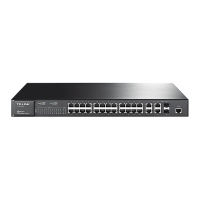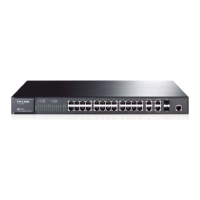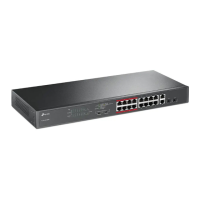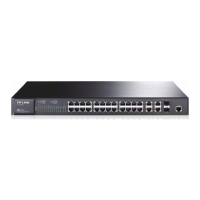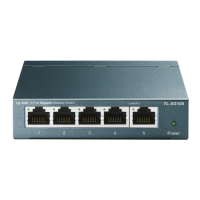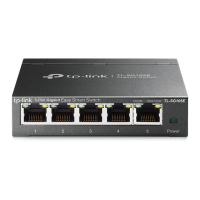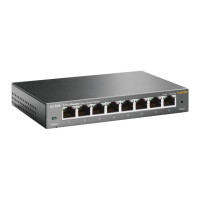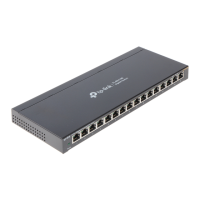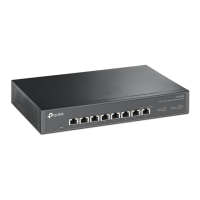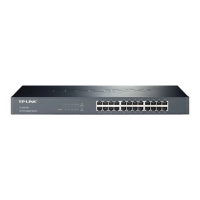Security Mode Packet Type Processing Mode
UNTAG packet
Packet with voice
VLAN TAG
Do not check the source MAC address of the packet and all
the packets can be transmitted in the voice VLAN.
Disable
Packet with other
VLAN TAG
The processing mode for the device to deal with the packet
is determined by whether the port permits the VLAN or
not, independent of voice VLAN security mode.
Table 9-3 Security mode and packets processing mode
Note:
Don’t transmit voice stream together with other business packets in the voice VLAN except for
some special requirements.
The Voice VLAN function can be implemented on Global Config, Port Config and OUI Config
pages.
9.3.1 Global Config
On this page, you can configure the global parameters of the voice VLAN, including VLAN ID and
aging time.
Choose the menu QoS→Voice VLAN→Global Config to load the following page.
Figure 9-12 Global Configuration
The following entries are displayed on this screen:
Global Config
Voice VLAN: Select Enable/Disable Voice VLAN function.
VLAN ID: Enter the VLAN ID of the voice VLAN.
Aging Time: Specifies the living time of the member port in auto mode after the
OUI address is aging out.
Priority: Select the priority of the port when sending voice data.
9.3.2 Port Config
Before the voice VLAN function is enabled, the parameters of the ports in the voice VLAN should
be configured on this page.
Choose the menu QoS→Voice VLAN→Port Config to load the following page.
11
0
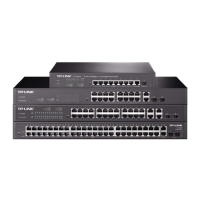
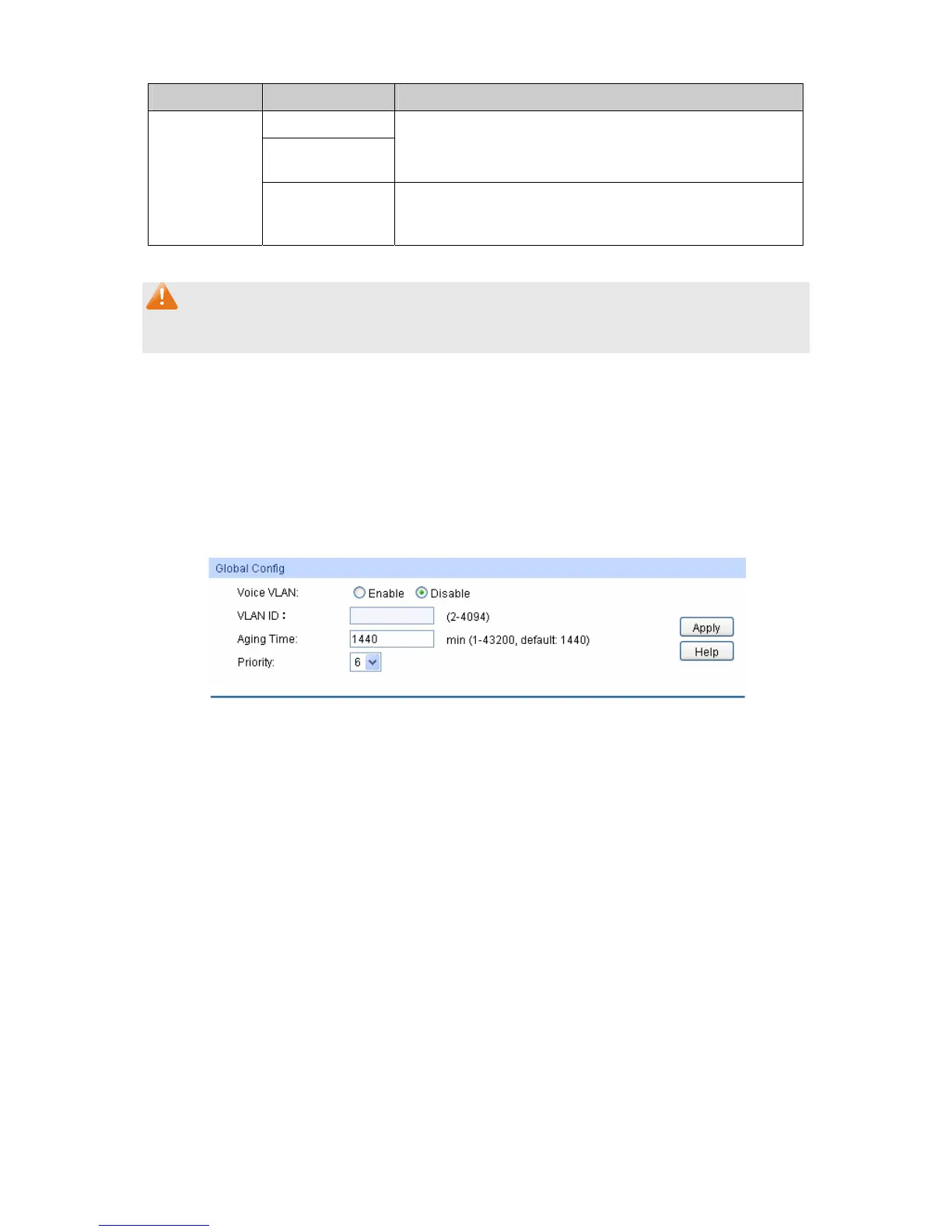